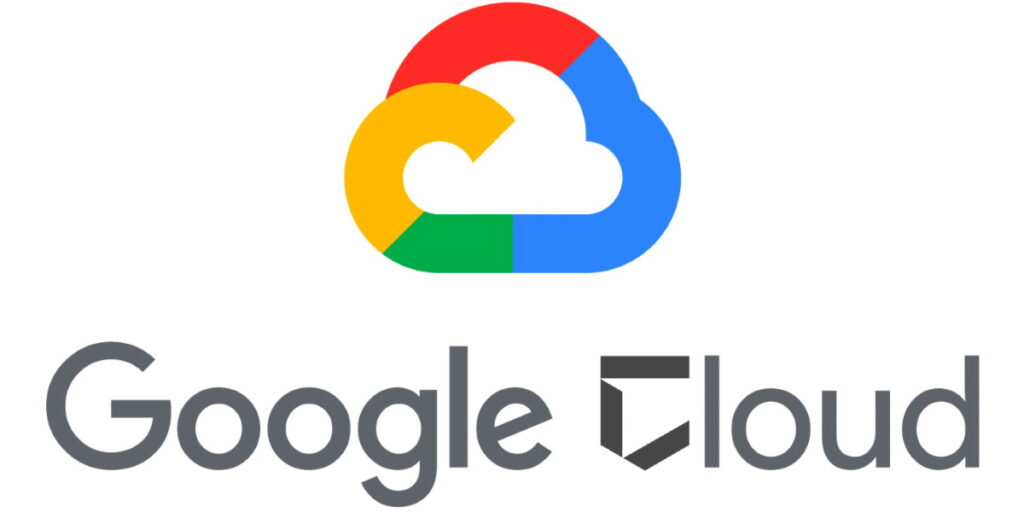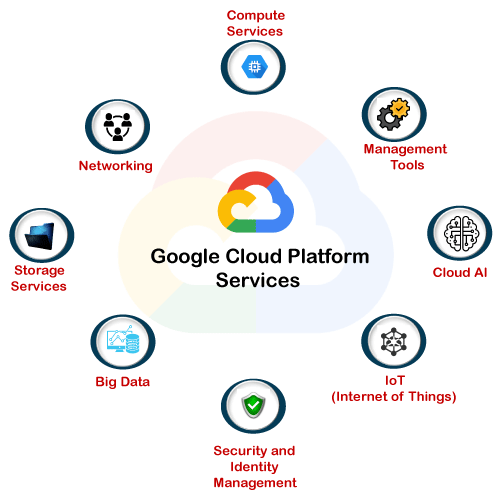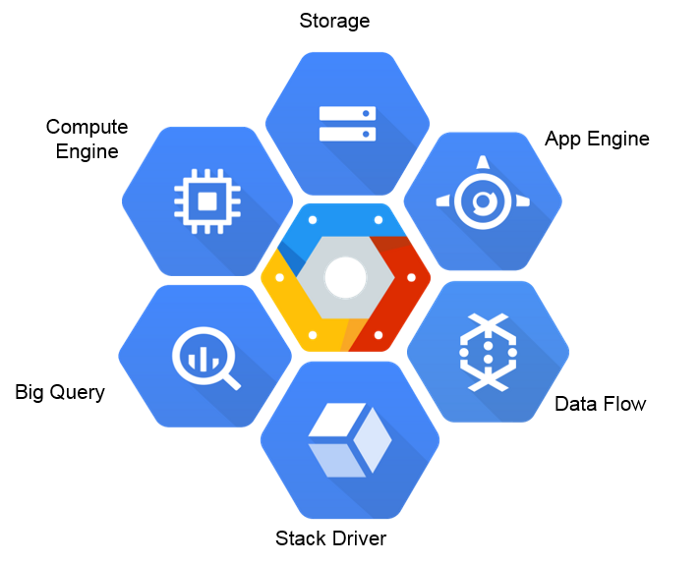Google cloud is made up of a combination of multiple services available over the Internet and these services work towards accelerating in organisations ability to go digital. Google cloud includes the Google cloud platform which provides public cloud infrastructure for hosting web-based applications. Second is Google workspaces formerly known as G suite. This product provides identity management for organisations Gmail and collaboration tools. Third or the enterprise versions of Android and Chrome OS. Phone and laptop Operating systems are ways for users to connect to web-based application and the final component of Google cloud are the application programming interfaces for machine learning and enterprise mapping services. These provides software to software communication.
For cloud security related issues of businesses please visit: https://www.benchmarkitservices.com/cyber-security/
For google cloud security related issues of businesses please visit: https://www.benchmarkitservices.com/backup/
Let us start with the history, GCP first came online in 2008 with the launch of a product called app engine. An app engine helps customers launch web applications online from there Google built an acquired product to enhance the user experience of its cloud platform. The Google global infrastructure currently has 24 locations around the world where Google cloud platform resources are offered. Locations start with a region and within a region are availability zones, these zones are isolated from a single point of failure. Some resources such as the HTTP, global load balancer is global and can receive requests from any of the Google edge locations and regions. Other resources like storage can be regional the storage is distributed across multiple zones within a region or redundancy and finally zonal resources including compute instances are only available in one specific zone within one specific region. When deploying applications on GCP you must select the location depending on their performance reliability, scalability and security needs of your organisation.
For cloud-based solutions for the businesses like Google, AWS, and Azure please visit: https://www.benchmarkitservices.com/google-cloud-service-providers/
Each region offers a category of services. Some services are limited to specific regions. A list of the major services of the Google cloud platform are computing and hosting services, storage services, database services, networking services, big data services, and machine learning services. Google add services comparable to AWS and Azure. AWS in the clear lead with Microsoft gaining ground and Google platform is growing, just not as fast as the other two. In the next section on strengths and weaknesses, strength the Google cloud platform documentation is second to none. Google incorporates the actions into GCP’s documents they are divided into an overview section, followed by hands-on section walking the reader through an implementation of the feature or service. Another strength for GCP is the global backbone network, that uses advanced software defined networking and edge casting services to deliver fast, consistent and scalable performance. The premium tier global network cost a little more. Designing architectures using a virtual private cloud that automatically routes traffic on a global network is worth it. GCP had a weakness, it would be that the google cloud platform has far fewer services than those offered AWS and edger. In addition to that, GCP has an opinionated model of how their cloud services should be used and that’s geared towards software developers. Google has a hard time prioritising GCP over the bigger revenue drivers of search ads in YouTube. The main takeaway we get is that Google is investing in GCP rather than seeking market dominance or growth. Each service has its own use case and was designed to work with the next service and their well-defined rules of engagement. Few of the ideal GCP scenarios, if you’re a large organisation that needs to set a lot of permissions while working on projects Google has an excellent organisational hierarchy that allows you to set policy at the top level. This enables departments to move fast yet remain bound to organisational constraints. In GCP, all resources belong to a specific project and when that project deleted, all the resources are removed from the platform providing left behind resources that lead to increased costs.
For general IT Support services for Businesses please visit: https://www.benchmarkitservices.com.au
In addition, there is an excellent feature that allows projects to be assigned to different billing accounts overtime. Another ideal use case for using GCP is for organisations that need the benefits of advanced big data, machine learning and analytics. Businesses can ingest the data into GCP and then data mine. The key performance indicators for their products or gather customer data to recommend additional purchase suggestions based on buying history. To purchase any IT related software or hardware please visit: https://www.xtechbuy.com/




